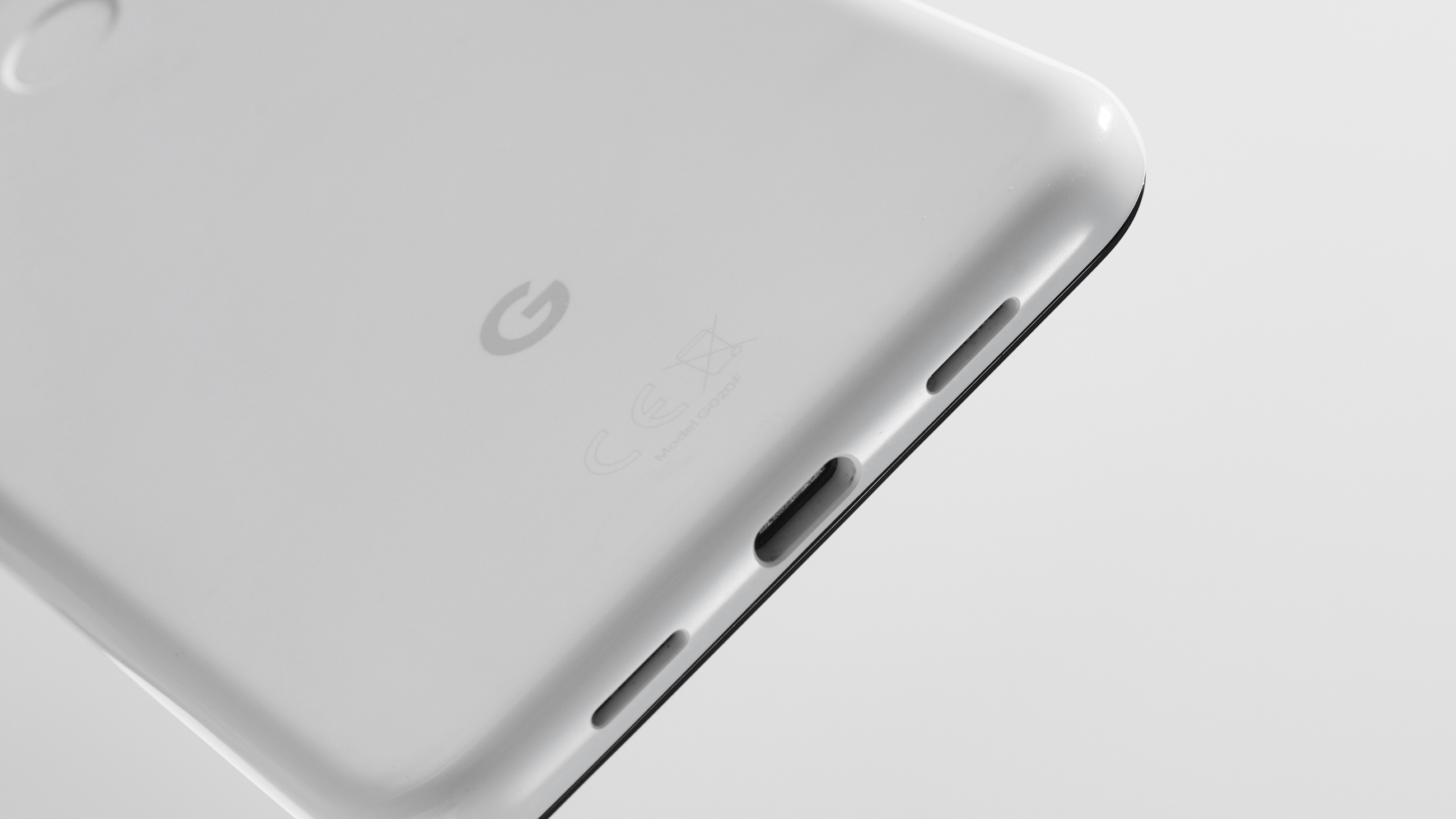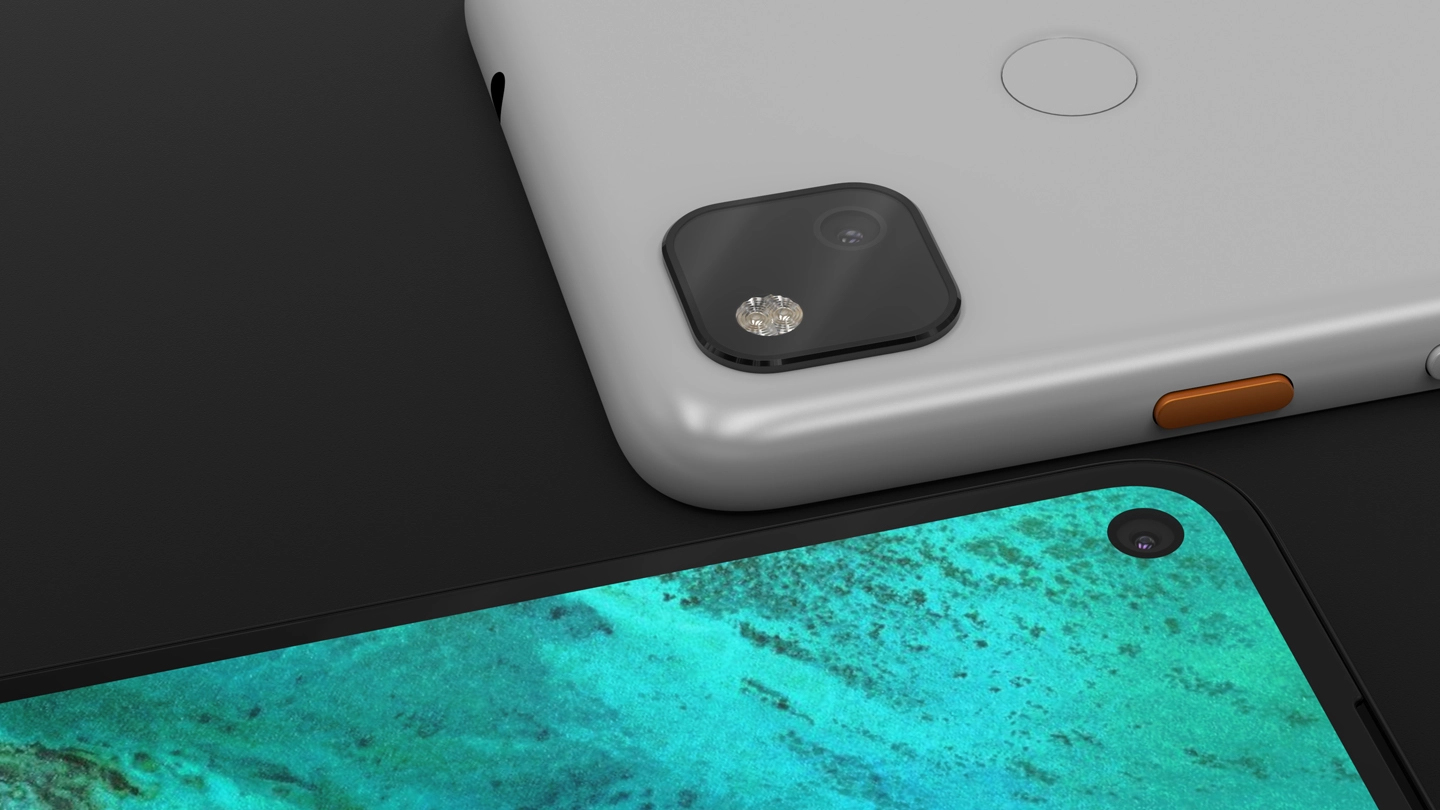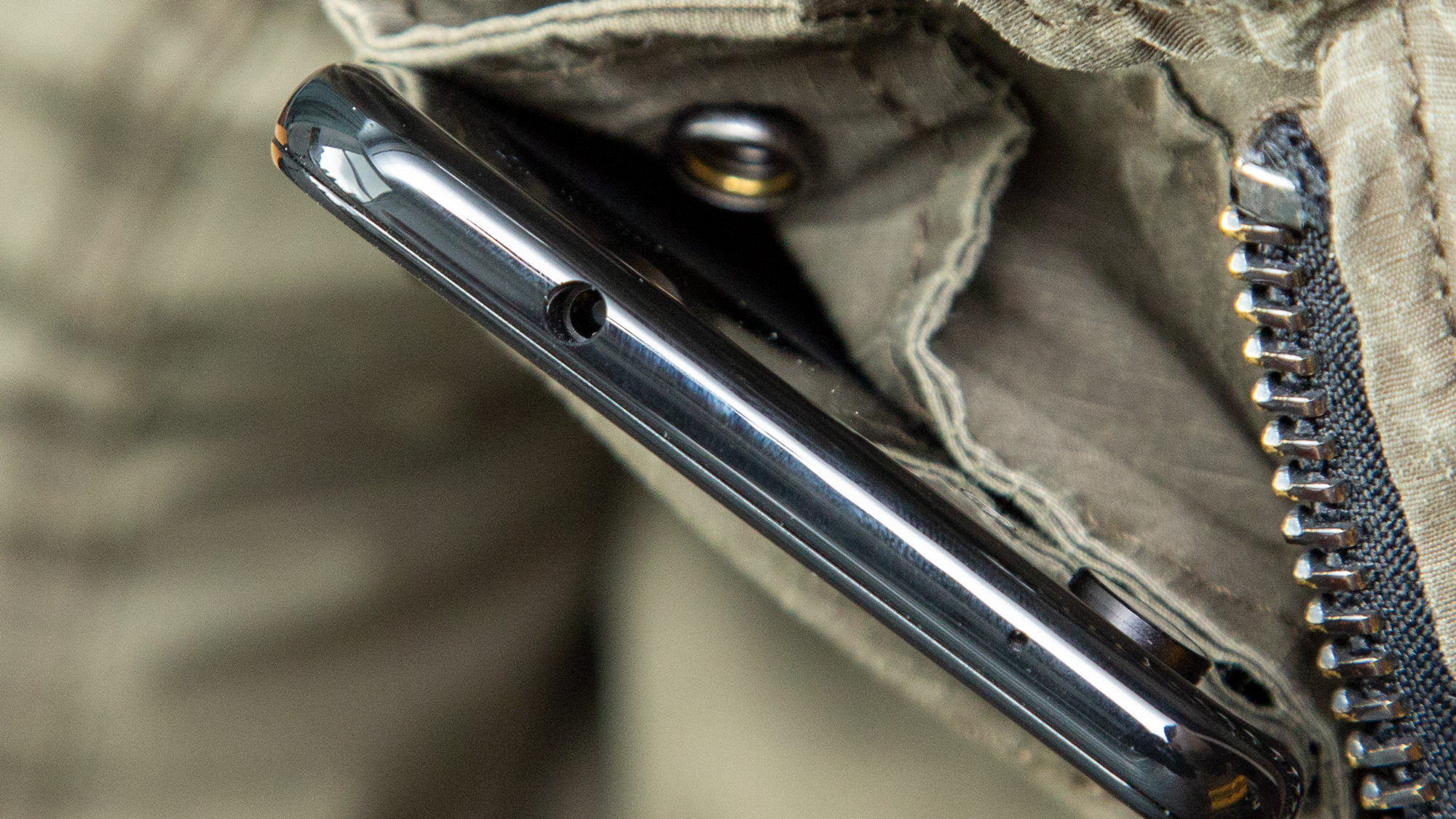The Pixel 4a is going to beat the new iPhone SE: Here's why
A good cheap phone like the Pixel 4a is about more than a fast processor

The new iPhone SE is finally here, and all of a sudden, people have seemed to forget about every other phone. Honestly, you would've thought the new budget iPhone — which is comprised of parts of the iPhone 11 Pro, iPhone XR and, largely, the three-year-old iPhone 8 — was actually the upcoming iPhone 12, with 5G in tow and a design that's actually new.
But no, the second-generation iPhone SE, as Apple is calling it, shoehorns Cupertino's premium A13 Bionic processor into a 4.7-inch body that technically dates back to 2014, when the iPhone 6 launched.
- These are the best cheap phones available now
- New iPhone SE: 5 reasons to buy and 3 reasons to skip
- Breaking: 267 million Facebook profiles being sold online
And for the record, I don't think that's such a bad thing; Apple has always rewarded customers' reverence for their older, fan-favorite designs, which is why it continues to sell the iPod Touch and kept offering the iPod Classic, with its dated disk drive and click wheel, all the way until the end of 2014. (Coincidentally, the iPod Classic was discontinued the very same day the iPhone 6 was announced.)
Nevertheless, there's a growing sense that with the iPhone SE now reborn, every other cheap phone — including the upcoming Google Pixel 4a — is, or will be, dead on arrival. Our own Mark Spoonauer says Apple's latest proposition has made the Pixel 4a irrelevant.
I don't think it's that simple; in fact, I believe Google inspired Apple to up its cheap phone game, and now Apple is dishing back at Google. And the net result is great for you, because it means customers have more and better options in the $400 price range than they've ever been enjoyed before.
But don't count Google out. This game of one-upmanship will continue — as it always does in the phone business — and there are plenty of reasons to believe the Pixel 4a could snatch the crown back from Apple. Here's why.
The Pixel 4a is actually a new phone

The iPhone SE's main claim to fame is the fact that it has the iPhone 11 Pro's processor for less than half the price, right? I don't mean to suggest that isn't a big deal; actually, it's practically unheard of these days to see a $400 phone with flagship-caliber silicon, especially now since OnePlus turned its back on buyers on a budget. The A13 Bionic also means the iPhone SE will continue to stay fresh and receive iOS updates long after most similarly-priced Android models stop receiving support.
Get instant access to breaking news, the hottest reviews, great deals and helpful tips.
But a processor is only one part of a phone, an important part though it is. And in this age when critics are turning their noses up at every phone that has any bezel at all, we can't ignore that the new iPhone SE is astonishingly dated on the outside, with its diminutive 4.7-inch screen and a forehead that goes on for a country mile.

Now, to make my position clear on this, I don't think big bezels make a bad phone, and any of my Tom's Guide colleagues will tell you that I never shut up about the need for more compact, unobtrusive handsets. But I also feel it's more than a little hypocritical to lampoon every Android phone that lacks an edge-to-edge display and let Apple skate away scot free with the excuse that the iPhone SE is a love letter to those classic home-button iPhones of old.
If it's important to you to have a smartphone that looks like it was released in this decade, you shouldn't have to pay a premium for it. All the renders we've seen of the Pixel 4a thus far indicate it's going to be a charming-looking device, with Google's typically playful approach to colors and a hole-punch front-facing camera evocative of flagships that cost many hundreds of dollars more.
Also, I suspect the iPhone SE's 4.7-inch screen will be too small for some — it's too tiny for me, and I love small phones — whereas the Pixel 4a's rumored 5.8-inch panel won't be prohibitively large by comparison, again thanks to those trimmed-down bezels.
The Pixel 4a's camera will rival the iPhone SE's
Part of the reason the Pixel 3a was such a success last year is because it bucked the trend of cheap Android phones with horrid cameras. Google found a way to replicate the computational photography tricks on its flagship Pixels using a more ordinary blend of a chipset and optics, and the results spoke for themselves.
If you looked closely when comparing similar shots from Pixel 3 against the Pixel 3a, you might've seen some better dynamic range from the pricier phone here, or more accurate bokeh there. But the Pixel 3a delivered 95% of the capability of the Pixel 3's camera for half the price, and there's no reason to expect the Pixel 4a won't continue that that trend, or that Google won't be able to pull off that magic a second time.
The iPhone SE will also benefit from a clever single-lens rear camera of its own, thanks again to the A13 Bionic's ability to crunch machine-learning tasks in its sleep. But like what we've heard about the Pixel 4a's shooter, the sensors and optics underpinning the iPhone SE's camera module won't be anything to write home about. iPhone SE buyers will get a 12-megapixel, ƒ/1.8-aperture wide-angle lens, believed to be plucked from the iPhone XR — and that's it.
In other words, this camera battle is going to won with software, not fancy, oversized sensors and a plethora of lenses. And even then, while the iPhone SE will benefit from Apple's own impressive suite of post-processing schemes, like Smart HDR and semantic rendering, it won't be able to take advantage of Night Mode, like the iPhone 11 series can. The Pixel 3a could churn out Night Sight shots, and so the Pixel 4a looks to at least have that advantage over its rival from Cupertino.
The Pixel 4a still has more useful features
As I mentioned in my iPhone SE versus Pixel 4a specs comparison, what's interesting about this particular face-off is that Apple and Google have taken markedly different approaches to building $400 phones. As a result, they've prioritized very different aspects of the experience.
The iPhone SE has that much-vaunted performance advantage, as well as the ability to charge wirelessly and IP67 water resistance. It's also crafted from metal and glass — an objectively more premium mix of materials than the Pixel 4a's likely polycarbonate unibody design, which I'm sure will still feel very nice in the hand, though it won't be nearly as exquisite.
But the Pixel 4a has lots of exclusive perks of its own — perks that I'd argue are more valuable than wireless charging, at least. Google is likely to fit an OLED display to the Pixel 4a, as it did with last year's Pixel 3a, which should deliver graphics, videos and photos far more captivating than the iPhone SE's dated LCD panel. You directly interact with your phone's screen more than any other aspect of it, and so I'd argue the Pixel 4a's advantage in this regard is more than a nice-to-have gimmick.

The Pixel 4a also supports fast 18-watt USB PD charging with the very adapter that comes with the phone. Conversely, while the iPhone SE can fast charge, it certainly won't with the stock in 5-watt brick Apple ships with the device. Granted, the iPhone SE's battery is almost certain to be around two-thirds of the size of the power pack inside the Pixel 4a, so the limited charging speed won't sting quite as painfully as it might on a bigger phone. On the other hand, the Pixel 4a's larger battery could help it last longer on a charge.
And then there's the Pixel 4a's real ace in the hole — something Google evidently lacks the courage to deny its budget buyers: the headphone jack. That 3.5-millimeter port is especially important to the kinds of customers Apple and Google are trying to court with these handsets, many of whom likely have less to spend on wireless headphones. The Pixel 4a is expected to let you use those old, trusty wired earbuds the way they were meant to be used. The iPhone SE will force you to reach for a dongle — though Apple probably hopes you'll just drop $159 on AirPods instead.
Outlook
In a sense, it almost doesn't matter which of these two very compelling cheap phones ultimately ends up being better. That's because anyone who is reading this and happens to be eyeing either an iPhone SE or Pixel 4a likely made up their mind about which to buy long ago.
Your preference for iOS or Android, and how those operating systems fit into the larger ecosystem of products you own, is going to determine which of these phones is better for you. And that's really the most important question to answer.
But in our hypothetical world, where we can compare devices on their merits alone and block out all context, the Pixel 4a looks to be at least as attractive a package as the iPhone SE. It may not have the iPhone's raw power, of course, but it surely won't be a slouch, either. I reckon it'll be fast enough for most people.
And if you can live with the Pixel 4a's spec disadvantage, in exchange you'll get a more modern design, nicer display, bigger and faster charging battery, a potentially better camera and — last but not least — a headphone jack. Or so the rumors tell us.
Stay tuned for our review of the iPhone SE in the coming days — and, presumably, a full reveal of the Pixel 4a once Google gets around to finally launching it.
Adam Ismail is a staff writer at Jalopnik and previously worked on Tom's Guide covering smartphones, car tech and gaming. His love for all things mobile began with the original Motorola Droid; since then he’s owned a variety of Android and iOS-powered handsets, refusing to stay loyal to one platform. His work has also appeared on Digital Trends and GTPlanet. When he’s not fiddling with the latest devices, he’s at an indie pop show, recording a podcast or playing Sega Dreamcast.
